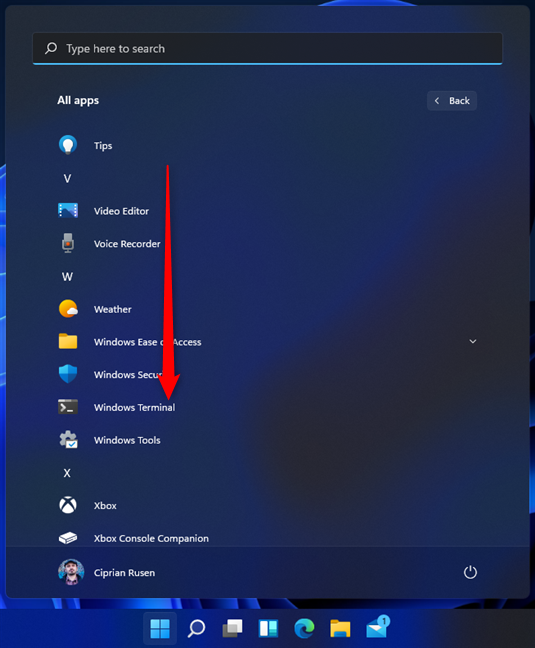

- #Ubuntu open terminal here shortcut window mac os x#
- #Ubuntu open terminal here shortcut window update#
- #Ubuntu open terminal here shortcut window full#
- #Ubuntu open terminal here shortcut window code#
Set _window to (create window with profile "Default")Ĭlick "File" -> "Export" to export as an. change directory in iTerm (version >= 3) Set _cwd to quoted form of (POSIX path of (folder of the front window as alias))
#Ubuntu open terminal here shortcut window code#
Paste the code below: - get the current directory in Finder
#Ubuntu open terminal here shortcut window full#
Here's the full procedure to follow to create a shortcut in the Finder. Go back to the parent folder, select the relevant folder, then activate the service via the Services menu or context menu.įor those using iTerm, the AppleScript syntax has change in iTerm version 3. You cannot simply have the folder open and run the service "in place". Note: The New Terminal at Folder service will become active when you select a folder in Finder. If you drag onto a tab (rather than into the terminal view) it will execute a complete cd command to switch to that directory without any additional typing.Īs of OS X Mountain Lion 10.8, Command-Dragging into a terminal will also execute a complete cd command. In addition, you can now drag folders (and pathnames) onto the Terminal application icon to open a new terminal window, or onto a tab bar in a terminal window to create a new tab in that window. Look for "New Terminal at Folder" and "New Terminal Tab at Folder". You can enable these services with System Preferences > Keyboard > Keyboard Shortcuts > Services. They also work with absolute pathnames selected in text (in any application).
#Ubuntu open terminal here shortcut window mac os x#
You’ll be flying through tasks in no time armed with these incredibly useful tricks.As of Mac OS X Lion 10.7, Terminal provides Services for opening a new terminal window or tab at the selected folder in Finder. If you need to improve your Command Prompt skills, then why not check out these 21 commands that every Windows user should know. Still, until the day Command Prompt actually does go the way of the Dodo, you can rest assured it’s only a few clicks away. While that’s not a bad thing in itself, PowerShell could do with some polish to help non-power users who would have been fine with the Command Prompt to use common functions just as easily. You’re In Command Now!Īs they ve done with HyperTerminal, Microsoft may choose to one day completely phase out Command Prompt, in favor of PowerShell. There are plenty of commands that require administrative privileges to work and this is one of the ways you can start the Command Prompt with those privileges without leaving Explorer. If you want to run it with administrative privileges, simply right-click cmd.exe and choose Run as administrator. You can find “cmd.exe” in C:\Windows\System32. If you don’t feel comfortable doing that, it’s best to skip this method, but if you really want that context menu option back, here’s what to do.įirst, click Start and type regedit. Getting this command back is not very difficult, but it does require some tinkering in the Windows Registry. Why? It’s most likely down to an effort from Microsoft to push people away from using the Command Prompt towards using PowerShell.
#Ubuntu open terminal here shortcut window update#
For example, if you right-click on a folder and use this command, the Command Prompt starts at the current folder location.Īfter the 2017 Creator’s Update for Windows 10, Microsoft removed this option. In early versions of Windows 10, there was a context menu entry called “Open command window here” which would open the Command Prompt in the folder location you specify. Taking you directly to the Windows PowerShell prompt at that folder.

This will also work if you type “powershell” instead of “cmd”.


 0 kommentar(er)
0 kommentar(er)
